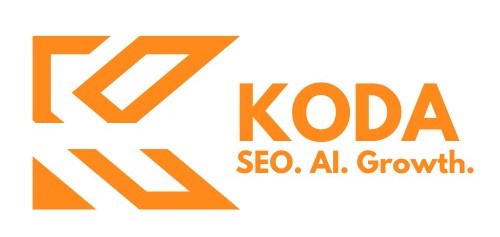On-page SEO is essential for improving your website’s visibility and ranking on search engines. It involves optimizing various elements on your web pages to make them more attractive to search engines and users alike. One of the key aspects of on-page SEO is the use of title tags. Title tags are the headlines that appear in search engine results, and they should be clear, concise, and include relevant keywords. Alongside title tags, meta descriptions also play a crucial role. These are the brief summaries that appear under your title tags in search results and should provide a compelling reason for users to click through to your site.
Another vital component is the use of header tags (H1, H2, H3, etc.), which help structure your content and make it easier for search engines to understand. Proper URL structure is also important; keeping URLs short, descriptive, and keyword-rich can significantly enhance your SEO efforts. Content optimization is perhaps the most critical aspect of on-page SEO. High-quality, relevant content that naturally incorporates keywords is key. Avoid keyword stuffing and focus on creating content that is valuable to your audience.
Technical SEO elements such as page speed, mobile-friendliness, and secure sockets layer (SSL) certificates are also essential. Fast-loading pages that are optimized for mobile devices and have SSL certificates not only provide a better user experience but are also favored by search engines. Lastly, improving user experience (UX) can have a significant impact on on-page SEO. Enhancing website navigation, reducing bounce rates, and encouraging longer dwell times can all contribute to better rankings. By focusing on these on-page SEO elements, you can create a solid foundation for your website’s SEO strategy.




